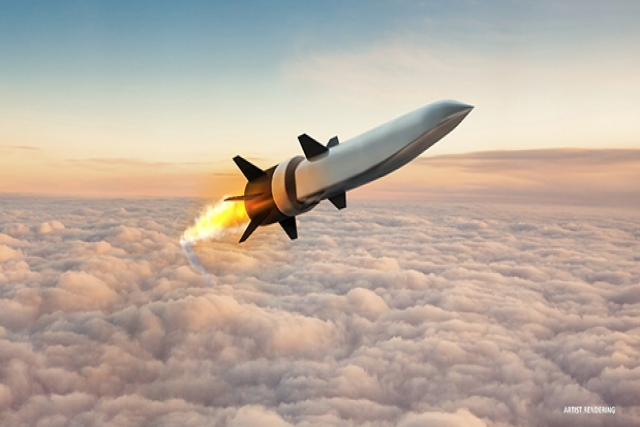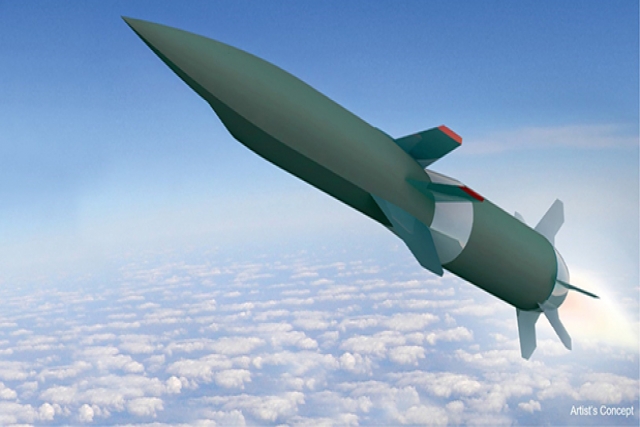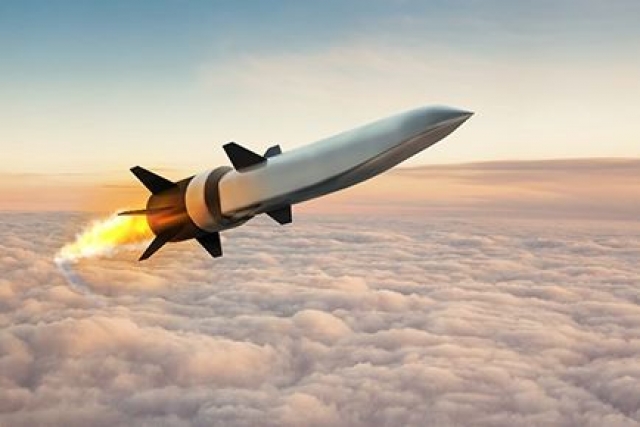Raytheon's Hypersonic Air-breathing Weapon Concept Completes Second Test Flight

Raytheon’s Hypersonic Air-breathing Weapon Concept (HAWC) being developed for the Defense Advanced Research Projects Agency’s (DARPA) and the U.S. Air Force, completed another successful free flight in early July.
This is the second demonstration vehicle built by Raytheon Technologies to meet test objectives. The first Raytheon flight was in September 2021. It was followed by success with a different contractor’s vehicle configuration this past spring, the agency said in a statement today.
This second flight of Raytheon’s HAWC design leveraged data collected during the 2021 flight. After release from an aircraft, the first stage boosted the vehicle to the expected scramjet ignition envelope. From there the missile’s Northrop Grumman scramjet engine fired up and propelled the cruiser to speeds greater than Mach 5 (five times the speed of sound) for more than 300 nautical miles and reaching altitudes higher than 60,000 feet.
“This most recent test allowed exploration of more of the flight and scramjet engine operating envelopes,” Andrew Knoedler, HAWC program manager in DARPA's Tactical Technology Office.
Air-breathing vehicles use air captured from the atmosphere to achieve sustained propulsion. The speed and maneuverability of such hypersonic cruise missiles allow both evasion of defenses and quick strikes.
“The Navy and Air Force will have access to the data we’ve collected as they make development decisions for future high-speed weapons,” said Knoedler.
The HAWC flight test data will help validate affordable system designs and manufacturing approaches that will field air-breathing hypersonic missiles to warfighters in the near future.











